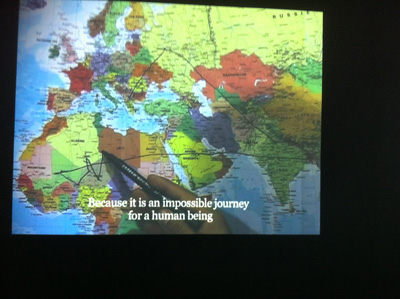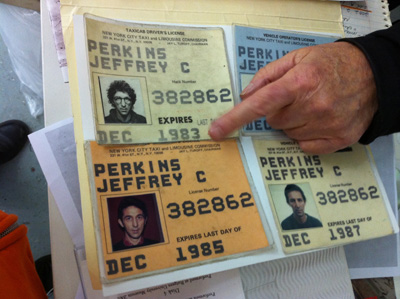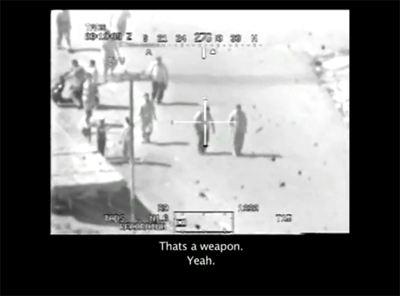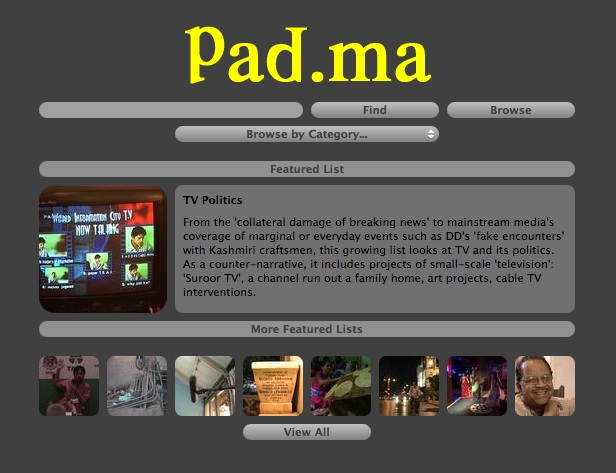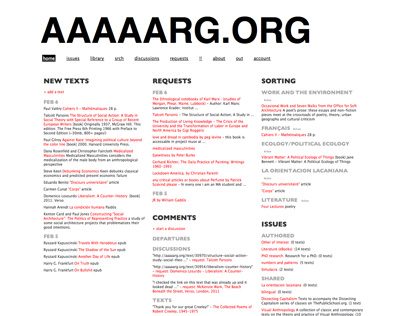This month we welcomed both Tina Bastajian from Amsterdam and Prayas Abhinav from Bangalore as our guests.
Contoured Topologies: Street, Archive, Database
Tina Bastajian is a film/new media artist, researcher and archival dramaturge, currently a PhD candidate at the University of Amsterdam (Amsterdam School for Cultural Analysis) working in praxis and theory to chart and interrogate subjective mapping tendencies in locative media practices that evoke and reconfigure themselves as potential geo-cinematic constellations.
As a media-artist, researcher and experimental documentarist, Tina Bastajian navigated through the processes and contingencies from the project Coffee Deposits:::Topologies of Chance in collaboration with visual artist Seda Manavoglu. This iteration of the work is contoured into a DVD-ROM, a hybrid between interactive documentary forms and the ludic.
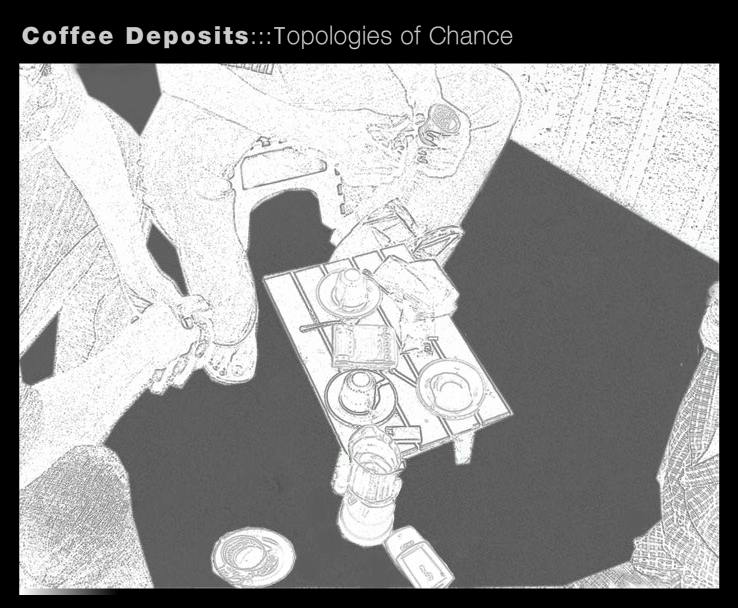
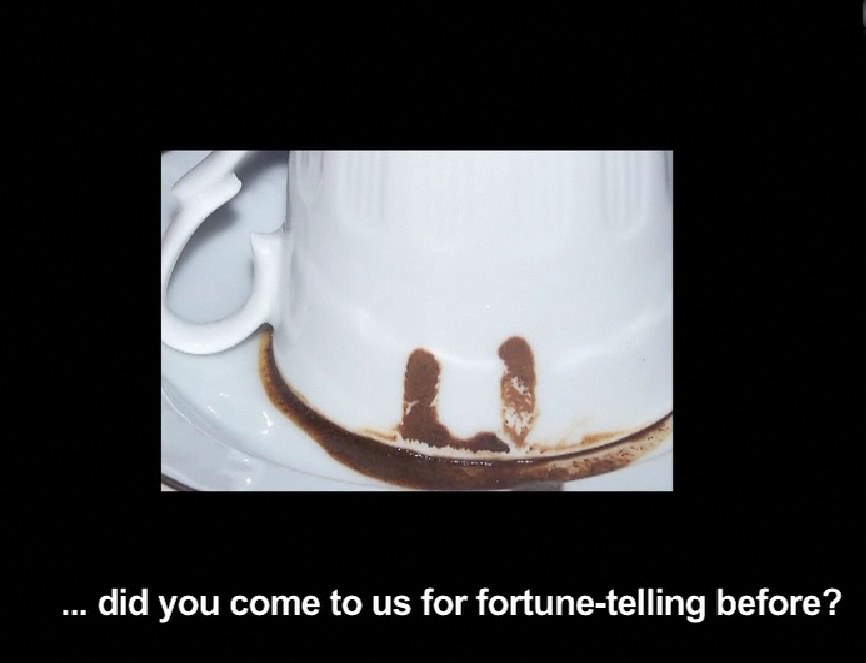
By tracing the adventitious technical and contextual detours, what unfolds is a topology of complex spaces: unpredictable and rapidly shifting urban patterns and disparate stories and accounts by those who inhabit, walk, dwell, witness, work and protest in the city. While GPS traces, coffee deposits, and geo-caching tactics were originally to be used as tangential offshoots (narrative, illustrative, statistical), these later resurfaced through the editing and navigational design process in unexpected ways. These emergent tropes negotiated and speculated multiple viewpoints and disorientations, sometimes via ironic and non-linear traversals within street and screen interfaces. Tina also outlined some of the processes of what she calls ‘locative post-scripts’ (i.e. addendums or epilogues) which formed the augmented reality tour (via smart phone/AR browser, Layar), Pera pARkours, and extended the Topologies archive into public space, in the vicinity of Galata, Istanbul. For a more extensive and detailed description of the project please follow this link.
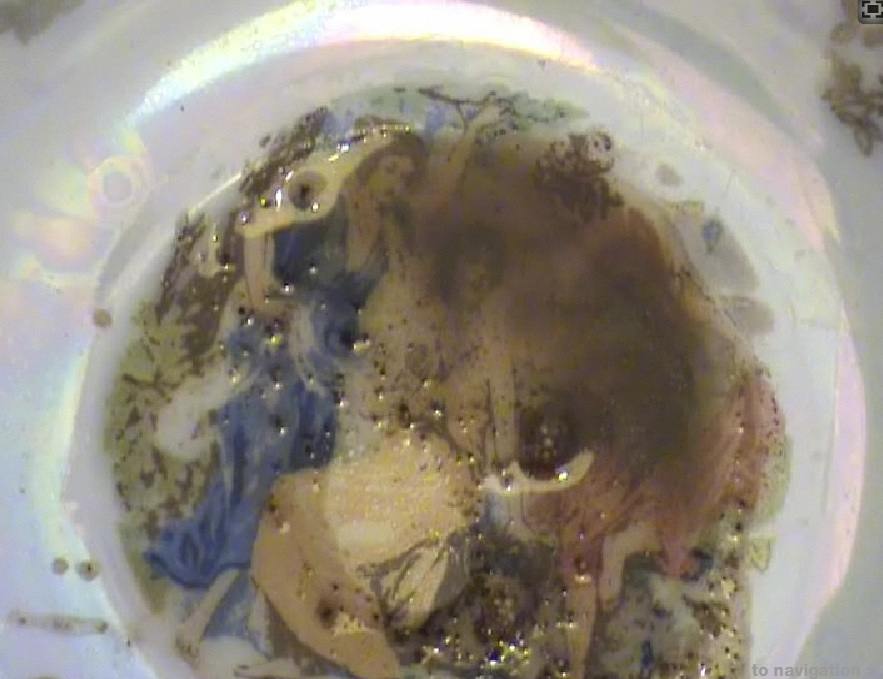
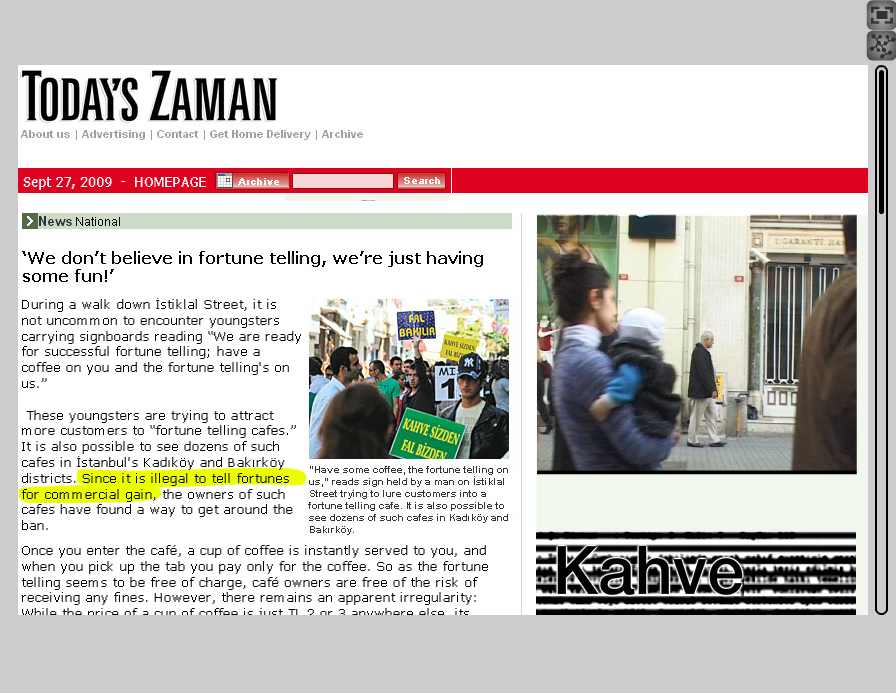
Being procedural
Prayas Abhinav is a media artist living in Bangalore, India. He is interested in simulating and tinkering with systems of information exchange and perception. Prayas was in Europe for Transmediale in Berlin, an annual festival concerning the role of digital technologies in contemporary society. There he presented work from his collaborative project: outResourcing, a notation language for chasing noise in the autobiographical. By approaching outsourcing as a kind of cultural production which can lead to two-way exchanges across different cultural and economical situations, outResourcing explores the pervasive phenomenon of labor outsourcing from a critical constructive point of view. For this project he developed ‘masking’, and within this ‘Insulation’, a set of objects which can be used for privileging and layering the access which others have to our lives online. These objects are meant to be gifted to people they wanted to create a priviliged access to an online resource for. Insulation therefore becomes a way for chasing noise in the autobiographical, allowing personal narratives online to become layered and aquire more depth.
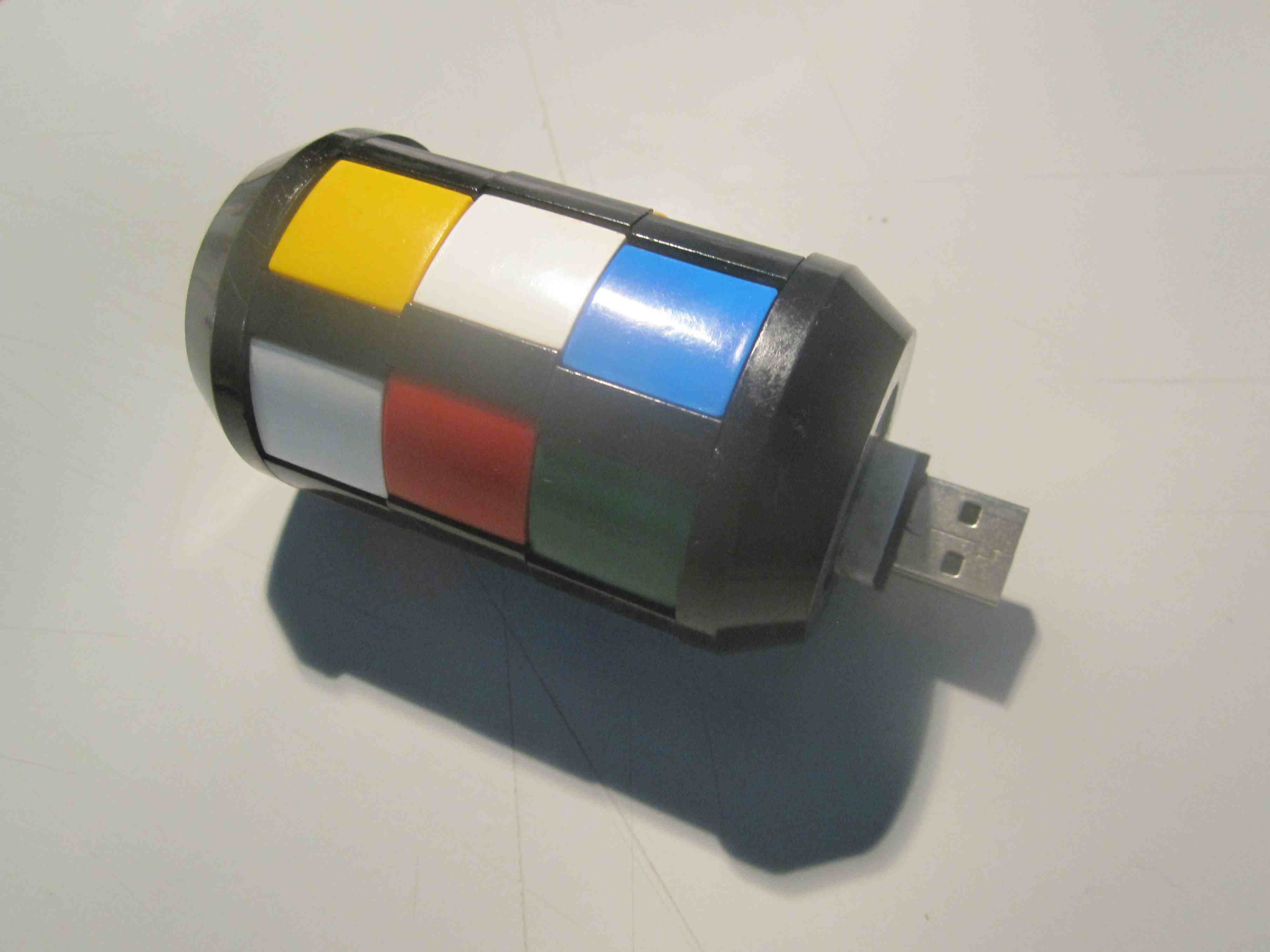
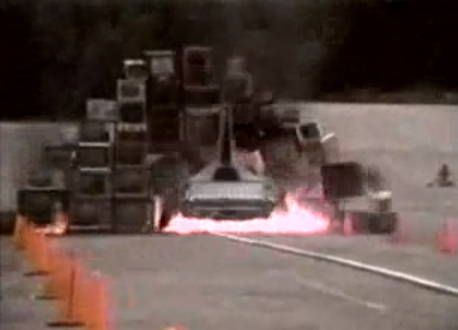
At DAI Prayas conducted the seminar: Being procedural: don’t compose, define grammars where we attempted to understand how compositional rules and traditions work and how generative paradigms in designing can alter them drastically. His work with gaming has dealt with the use of language, pattern recognition and regression in meaning. As a part of the seminar, Prayas introduced nodebox and demonstrated ways to quickly start playing around the tool. Showing grammar as a backdrop he introduced us to the generative software spamghetto: and some nifty software for quick websites like HOTGLUE, a Content Manipulation System that allows to construct websites directly in a web-browser. In between the games Prayas showed us Media Burn by Art Farm. At the end we voted to work on Scratch, from MIT developers where he continued to talk about games and the key technical and conceptual factors behind them as we attempted to collaboratively make speed videos with the sound of meowing cats. We ended the day with a screening of Entracte by Hobbs/Neustetter as part of their residency and Afropixel festival at Kër Thiossane in 2010 in collaboration with students from the Ecole de Beaux Arts in Dakar, in preparation to our upcoming project with Kër Thiossane during our DAI trip in May 2012.
